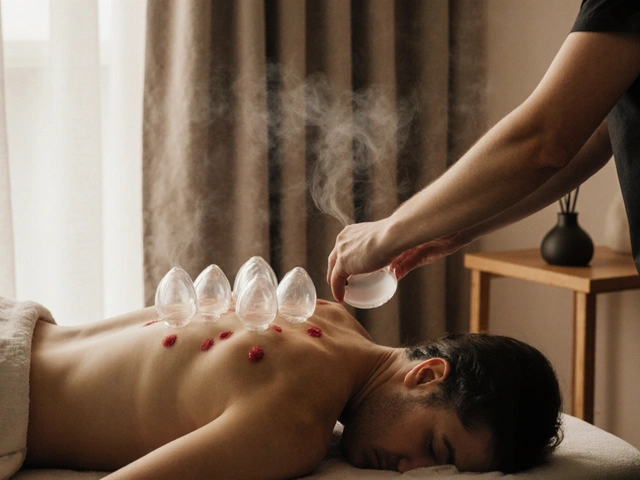Balance: Practical Ways Massage and Bodywork Help You Feel Steady
Ever feel off-balance even though nothing seems wrong on the surface? Balance isn’t just about standing on one foot — it’s muscle tone, posture, nervous system calm, and how your energy flows. This page collects simple, reliable ways massage and bodywork help you find real balance, whether you’re recovering from pain, stressed out, or just want steadier movement.
Hands-on therapies change more than tight muscles. When a therapist uses acupressure, trigger point release, or warm stones, they alter tension patterns and send new signals to your brain. That can reduce pain, ease stiffness, and quiet the fight-or-flight response. The result? Better posture, less wobble in daily movement, and clearer thinking.
How different methods restore balance
Not every approach works the same. Feldenkrais and Hellerwork focus on movement and structural alignment — they teach your body safer, easier ways to move so balance becomes automatic. Rolfing and structural integration dig into fascia and posture to create durable change. Ortho-Bionomy and polarity therapy use gentle shifts and energy work to calm the nervous system and reduce reactive tightness. Acupressure and reflex-based methods give quick wins for headaches, nausea, and stress, while palliative or blind massage focus on comfort and presence when medical issues complicate recovery.
Think of these methods like tools in a kit. Want faster pain relief and DIY tips? Try trigger point work and acupressure. Want long-term posture change? Consider structural integration or Hellerwork. Want subtle nervous system reset? Ortho-Bionomy or polarity sessions often feel surprisingly gentle and effective.
Quick, useful steps you can try today
Start small. Spend one week doing a short movement routine inspired by Feldenkrais — slow, mindful motions for five minutes after you wake up. Add self-acupressure for stress points (temples, base of skull, between eyebrows) when you feel tense. If you sit a lot, set a timer to stand and do a posture reset every 45 minutes: roll your shoulders, align your pelvis, breathe deep. Notice how tiny adjustments change your balance and mood.
When booking a session, ask the practitioner how they approach balance: do they work with movement, fascia, nerves, or energy? Mention any pain, past injuries, or balance issues. A good therapist will give a clear plan and simple home exercises to keep progress steady.
Balance is built, not bought. Regular, targeted bodywork plus short daily habits will give steadier movement, less pain, and a calmer mind. Pick one method from the list, try it for a month, and notice how small changes add up to real balance.

Discover Balance and Harmony Through Thai Bodywork Techniques
Thai bodywork, a traditional healing practice rooted in ancient Thailand, offers a unique blend of physical and energetic therapy. Focused on enhancing balance and harmony within the body, it utilizes acupressure, assisted yoga, and deep stretching to relieve tension and increase energy flow. Embracing this holistic approach can lead to significant improvements in both physical and mental health. Discover the versatile techniques of Thai bodywork that can harmonize your life and promote mindfulness.
Categories
- Health and Wellness (148)
- Alternative Therapies (86)
- Massage Therapy (40)
- Travel and Culture (15)
- Beauty and Skincare (9)
- Holistic Health (8)
- Health and Fitness (5)
- Spirituality (5)
- Other (2)
- Personal Development (2)



